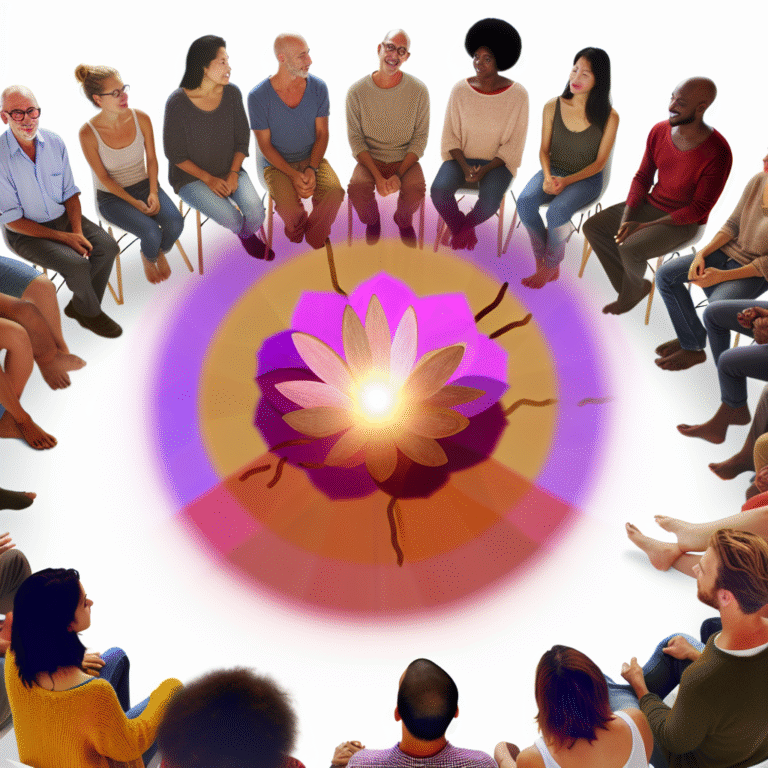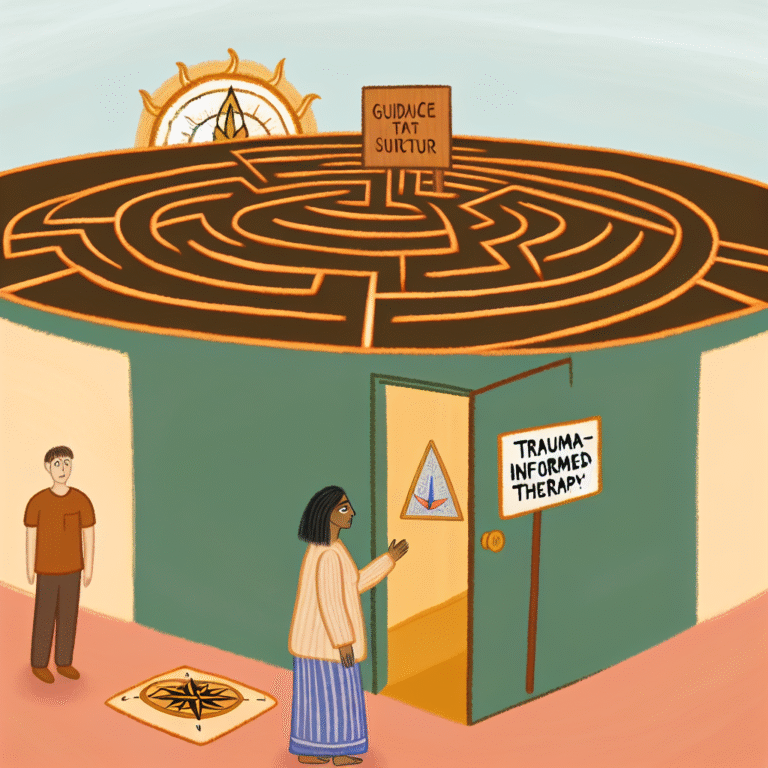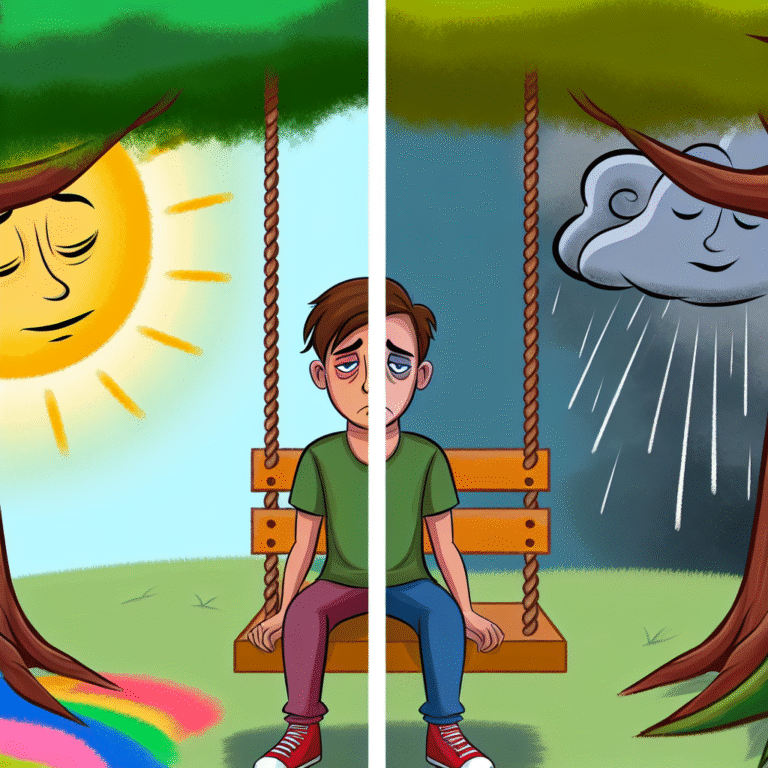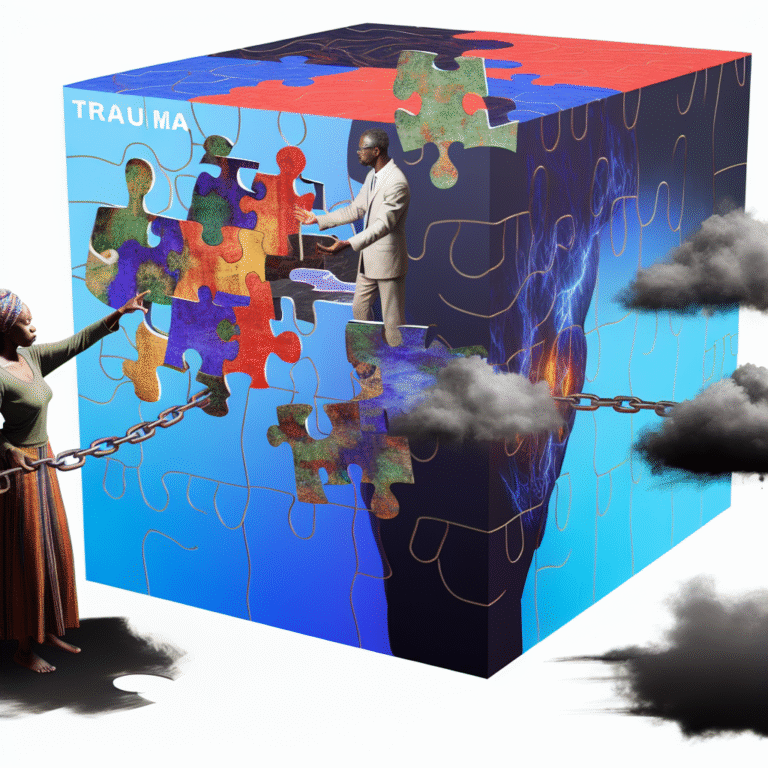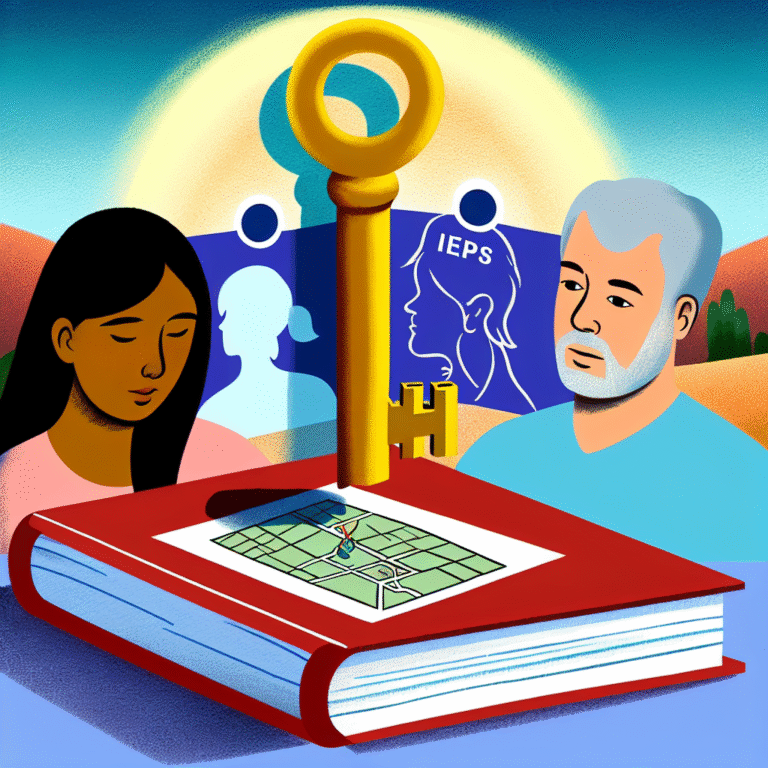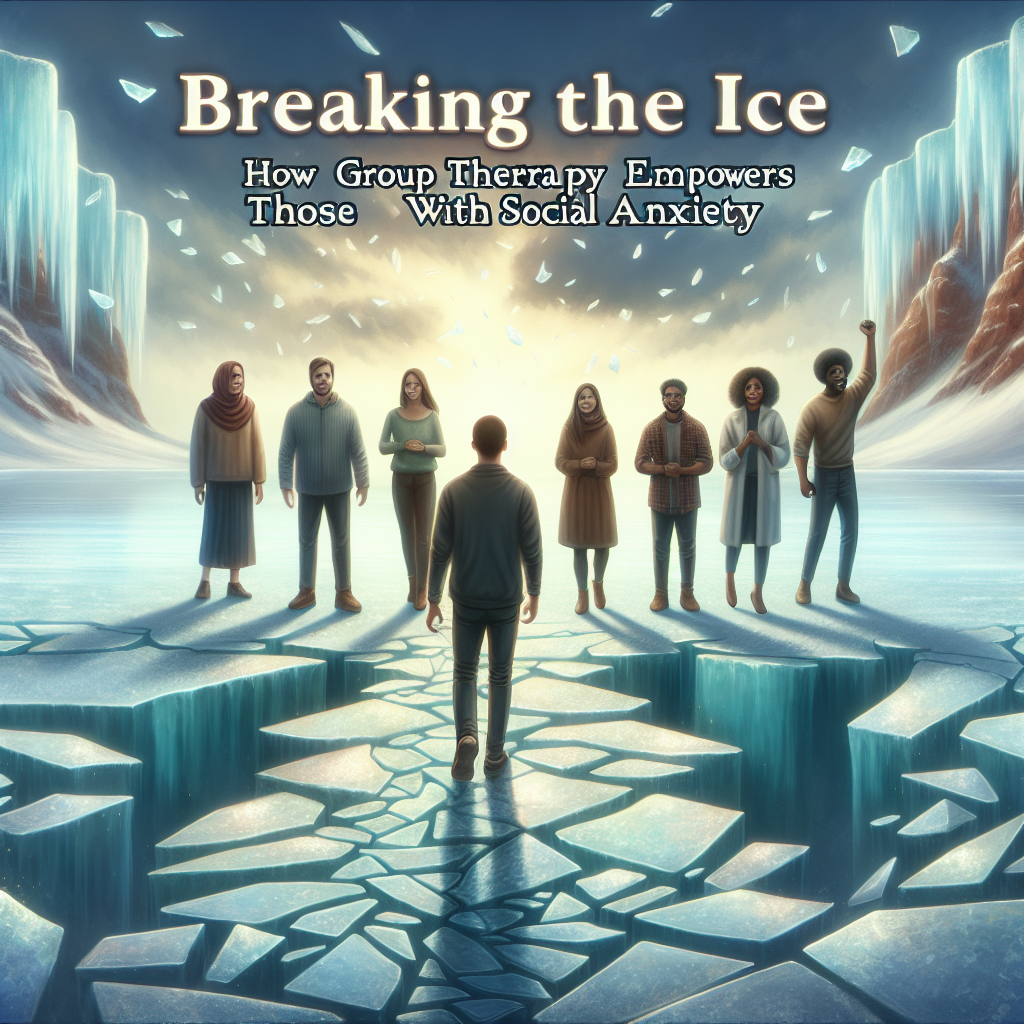
Breaking the Ice: How Group Therapy Empowers Those with Social Anxiety
Introduction
Imagine standing in a room filled with people, your heart racing, palms sweating, and every nerve in your body screaming to flee. If you’ve ever experienced this gut-wrenching sensation, you’re not alone. Social anxiety disorder (SAD) affects millions, making everyday situations like social gatherings or even work meetings feel insurmountable. But what if there was a proven method to break the ice and take the edge off social anxiety?
Group therapy has emerged as a beacon of hope for many, offering not just a platform for sharing but also a community of understanding and support. In this article, we’ll delve into Breaking the Ice: How Group Therapy Empowers Those with Social Anxiety, uncovering how this unique therapeutic setting can transform lives and develop essential social skills. Through insightful case studies, actionable tips, and a deep understanding of social anxiety, we aim to inspire hope and pave the way for empowerment.
Understanding Social Anxiety Disorder
What is Social Anxiety Disorder?
Social Anxiety Disorder is more than just shyness or the occasional nervousness before a social event. It is characterized by an intense and persistent fear of being watched or judged in social situations. This fear can be debilitating, often leading to avoidance behavior, significantly impacting an individual’s personal and professional life.
The Neuroscience Behind Anxiety
Research suggests that social anxiety is tied to neurological responses in the brain, particularly involving the amygdala—responsible for processing fear and emotional responses. Understanding these underlying mechanisms can help in developing more effective treatment strategies.
Prevalence and Impact
Statistics reveal that around 15 million adults in the U.S. experience social anxiety. Its effects can cripple one’s self-esteem and motivation, leading to missed opportunities for social engagement and personal growth. In today’s fast-paced, socially-connected world, tackling this issue is more crucial than ever.
The Role of Group Therapy
What is Group Therapy?
Group therapy involves a small group of individuals coming together under the guidance of a trained therapist. It offers a safe space to share experiences, learns coping strategies, and practice new interpersonal skills. This format is particularly beneficial for those grappling with social anxiety as it allows them to interact within a structured, supportive environment.
Benefits of Group Therapy for Social Anxiety
- Shared Experiences: Participants often find relief in shared experiences, realizing they are not alone in their struggles.
- Skill Development: Therapeutic activities in group settings enable members to practice social skills in a supportive atmosphere.
- Empathy and Validation: As members share their stories, they foster a sense of empathy and validation, bolstering self-esteem and confidence.
Breaking the Ice: Techniques Used in Group Therapy
Icebreaker Activities
Icebreaker activities are essential in group therapy as they set the tone for an engaging and interactive experience. Examples include:
- Two Truths and a Lie: Participants share two truthful statements and one fabricated one, prompting discussion.
- Personal Inventory: Sharing personal interests or hobbies helps members find common ground and fosters connections.
Cognitive Behavioral Techniques
Many group therapy sessions incorporate cognitive-behavioral therapy (CBT) techniques aimed at reframing negative thought patterns associated with social interactions:
- Exposure Therapy: Members gradually expose themselves to social situations, providing them with real-time feedback and coping strategies.
- Role-playing: This technique allows members to practice potential social interactions, thereby increasing confidence.
Mindfulness and Relaxation Techniques
Breath control and mindfulness exercises can significantly reduce anxiety levels. By practicing these techniques in a group setting, individuals learn to manage anxiety triggers more effectively.
Case Studies: Real-World Applications
Case Study 1: Transforming Anxiety into Confidence
Background: Emily, a 27-year-old graphic designer, struggled with severe social anxiety, impacting her ability to network and advance in her career.
Therapeutic Journey: Emily joined a weekly group therapy session focusing on social anxiety. Through icebreaker activities and role-playing exercises, she gradually learned to navigate social situations.
Outcome: Within a few months, Emily was able to attend networking events and even initiate conversations with colleagues. By continually practicing in a supportive environment, she found her confidence growing.
Case Study 2: Building Connections
Background: Jason, a high school student, found it challenging to make friends due to his overwhelming fear of judgment.
Therapeutic Journey: Enrolling in a group therapy program designed for teens, Jason engaged in structured activities that encouraged open discussion about their fears.
Outcome: Jason developed lasting friendships, and his school performance improved as he became more engaged and involved.
Analysis: Both cases illustrate how breaking the ice through group therapy allows individuals to slowly build confidence and ultimately reduce the grips of social anxiety.
Overcoming Common Myths About Group Therapy
Myth 1: It’s Just for the "Severely" Distressed
Reality: Group therapy is for anyone struggling with social anxiety, regardless of severity. It can be a proactive step towards better mental health.
Myth 2: It’s Overflowing with Strangers’ Drama
Reality: While group therapy includes personal stories, it’s primarily a supportive environment focused on growth and healing, not drama.
Myth 3: It Won’t Work for Everyone
Reality: Different therapeutic methods work for different individuals. While group therapy is highly effective for many, it may be beneficial to combine it with personalized therapy.
The Empowerment Factor
Developing a Support Network
One of the most empowering aspects of group therapy is the ability to create a support network. Having a group of individuals who understand the challenges of social anxiety can provide encouragement and accountability.
The Ripple Effect of Empowerment
Empowerment from group therapy doesn’t just stop with the individual. As one starts to gain confidence, they inspire others, creating a positive feedback loop that fosters community growth.
Inspiring Action within the Group
Encouraging members to take actionable steps, like initiating conversations outside of group sessions, helps bridge the gap between therapeutic environments and real social interactions.
Conclusion
Breaking the Ice: How Group Therapy Empowers Those with Social Anxiety is a journey of transformation, growth, and empowerment. By creating a safe environment for shared experiences, skill-building, and the development of a support network, group therapy stands out as a powerful tool for overcoming the obstacles of social anxiety.
If you or someone you know is struggling with social anxiety, consider the option of group therapy. It could very well be the first step towards a more confident, fulfilling life.
FAQs
1. How do I find a group therapy session near me?
You can start by consulting mental health professionals, local hospitals, or community centers that offer therapy services. Online platforms also provide virtual group therapy options.
2. Is group therapy effective for everyone?
While group therapy is beneficial for many, individual responses can vary. It may be helpful to combine it with other therapeutic approaches for optimum results.
3. How should I prepare for my first session?
Approach your first session with an open mind and willingness to share. Regular attendance and engagement are critical to maximizing the benefits.
4. Can I participate in group therapy online?
Yes, many mental health organizations offer online group therapy sessions, making it easily accessible and convenient for participants.
5. What if I feel uncomfortable during the sessions?
Discomfort is common, especially at first. It’s important to communicate your feelings to the therapist, as they can help facilitate a more comfortable environment.
By recognizing the power of group therapy and the community it fosters, those grappling with social anxiety can find hope in shared stories and collective empowerment. Breaking the ice is the first essential step towards living a more confident and connected life.




